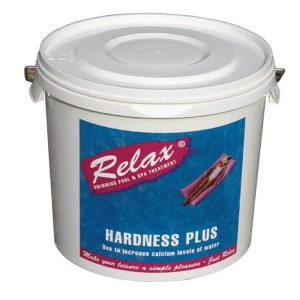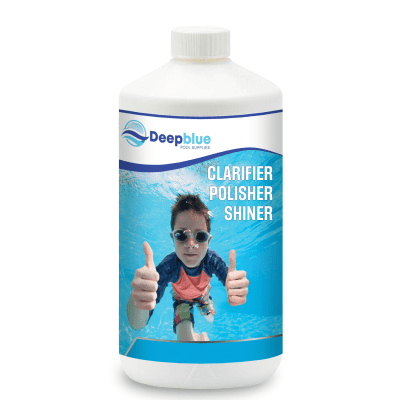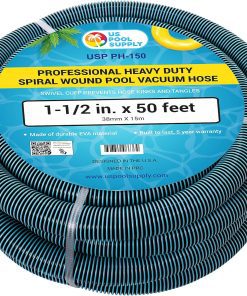Blogpool, Chemicals, Hottub, Maintenance, Swimming Pool, Water Testing
Saving water while using a swimming pool or hot tub: Key terms and questions answered
Key Terms
Water Meter: It is a tool that gauges the amount of water that flows through a tube. This helps in proper accounting and water usage tracking.
Evaporation: The change of state of a substance from liquid into vapour. In hot tubs, water evaporates because of heat.
Horticulturalist: A person who has training in the theory and practice of growing plants. They will assist on matters regarding plant management and which water sources are suitable.
Water Regulations: The legal requirements that determine the standards of water quality and use in the United Kingdom. This includes the standards for plumbing fixtures and appliances.
Trigger (Hosepipe): A part of the hose pipe through which the user can adjust the water pressure. Regulations usually call for triggers so as to cut down on wastage of water.
Short-Answer Quiz
Questions:
Why is it important to have a water meter installed for your hot tub?
Explain how regular hot tub maintenance helps in water conservation.
What is the correct way to dispose the water that was used in refilling the hot tub?
What hosepipe attachment is recommended for hot tub filling and why is it so?
In what way does putting on the hot tub cover assist in saving water and power?
Why should the hot tub temperature be reduced during summer months?
What safety measure should be taken before using the water from a hot tub for watering plants that are sensitive?
Why should one take immediate action in case of hot tub leaks?
What are the possible risks that may be brought about by failing to service the hot tub?
What else apart from the environment could be the other reason for water conservation in a hot tub?
Quiz Answer Key
A water meter helps hot tub owners to keep track of their water consumption, which in turn allows them to detect the opportunities for water saving and the costs associated with it. This helps in the conservation of water and may also help in saving money.
This helps in that there is no need to drain and fill the hot tub as often as it is done when it is not well maintained. It also helps to ensure that the filtration system works well and this helps to prevent waste of water due to things like growth of algae or bad water quality.
Hot tub water can be reused for the purpose of watering the garden. But it is recommended to check the chemical content and maybe even consult with a horticulturist especially for sensitive plants.
A hosepipe with a trigger that meets the requirements of the Water Regulations is preferred. This device helps in controlling the flow of water thus eliminating the need of wasting water when filling the hot tub.
The cover helps in preventing water from being lost through evaporation especially when the hot tub is idle. It also serves as an insulating material to prevent heat loss and thus reduce the amount of heat required to keep the water at the desired temperature.
Lowering the temperature when the weather is hot helps in the reduction of evaporation hence conserving water. Moreover, the users will be comfortable since the difference in temperature between the water and the air is not so much.
Leaving the cover on helps in preventing the evaporation of water especially when the hot tub is idle. The cover also helps in insulation which in turn reduces the heat loss and the amount of energy required to heat the water to the preferred temperature.
This is because the temperature of the water is lowered during the hot season and this helps in preventing the evaporation of water. Also, the hot tub is in good condition for the users since the temperature of the water is not very much different from that of the atmosphere.
Hot tub water is safe for most plants as the chemicals used in it are not harmful to them. But for plants that are sensitive or exotic it is better to seek the advice of a horticulturist to confirm that the water is safe and not harmful to the plant.
Leakage means that water is wasted in the process and hence there is the need to refill the water often. It also helps in the conservation of water and the prevention of unnecessary expenditure.
If one does not maintain the hot tub properly, then the water will be of poor quality and one has to drain and refill the hot tub, which means wasting water and chemicals. This can also cause harm to the hot tub system, which will necessitate repairs that are costly.
There is a financial aspect to conserving water in a hot tub; one saves on water bills and the cost of chemicals and maintenance. This is a financial incentive to be water conscious.
Some products you might be interested in:






















